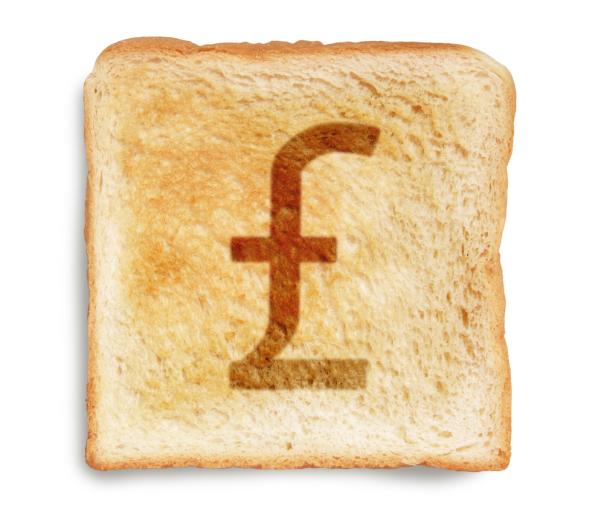
What is the food price landscape like as we start the new year. Mike Meek, procurement and sustainability director at foodservice consultancy allmanhall, offers his analysis.
Following two and a half years of challenging conditions, caterers are now seeing food inflation drop to more customary levels. The annual rate of CPI food and non-alcoholic beverages inflation fell from a high of 19.1% in March 2023 to 1.9% in September 2024.
Having reviewed the impact of the recent budget we’re anticipating that this will start to rise but by no means back to levels seen in 2023.
And it is worth noting that a basket of goods will still cost more than it did before, though some individual commodity types may fall within the basket.
Inflationary drivers have subsided
Covid-19 induced disruption with shortages of raw materials, manufactured products and parts that have now largely passed. Post-pandemic labour shortages, increasing labour costs and recruitment are still challenging food producers.
An energy and food supply shock caused by Russia’s invasion of Ukraine saw gas prices tripling and electricity prices doubling, but these have now stabilised.
Areas of optimism
Sterling is the best-performing G10 currency this year and there are hopes for improved conditions for UK trade, investment and growth. So while the general economic outlook remains subdued, the UK Purchasing Managers’ Index for manufacturing has recorded three consecutive months of economic expansion.
Stable global key food commodity prices have been supported by higher global inventories. Global stock-to-consumption ratios indicate global resilience to food shortages and price stability.
With low stocks, commodity trading is sensitive to further supply shortfalls, intensifying the price response. Stocks-to consumption ratios for wheat and rice, two of the three commodities that account for half of global food consumption, have risen steadily.
UK biosecurity risks, which can cause supply restrictions and threaten food security, have stabilised with fewer reported cases of Avian Influenza as the UK recovers from unprecedented outbreaks.
The price of fertiliser has halved since 2022, though it is still 60% higher than in 2020.
Areas to watch
Global geopolitical instability, including the Middle East and the potential to negatively impact energy prices.
UK food exports in 2023 were reduced by 11% from 2022, whilst UK self-sufficiency rates increased to 62% during 2023, up from 60% in 2022.
Budget increases to the national minimum/living wage and employer National Insurance contributions are forcing food producers and distributors to recover costs.
Conclusion
After a significant period of instability, with all things equal, the outlook for UK food inflation in 2025 is more stable. We could expect catering managers to budget for four per cent annual inflation during 2025.